Tons of companies have had to transition to remote work due to the COVID-19 pandemic.
And that’s put a lot of pressure on every distributed team and their remote manager.
After all, how do you manage a team when they’re working remotely?
As you’re not in the same physical space anymore, you can’t monitor what they’re working on, right?
Or can you?
After all, our entire team of 80+ people at Time Doctor are 100% remote and distributed across 23 countries.
In this article, we’ll cover two key benefits of remote work and how you can become an efficient remote manager with the right tips and tools.
This article contains:
(Click on the links below to jump to a specific section)
- The Two Key Benefits Of Remote Work
- Four Simple Practices To Better Manage Remote Teams
- How Managers Can Easily Manage Remote Team Performance
Let’s get started.
The 2 key benefits of remote work for managers
Are you a team manager who’s worried about remote work?
Don’t be!
Remote work (also known as working from home) isn’t something that recently popped up due to the pandemic — it has actually been around for decades.
In fact, many organizations and teams prefer working remotely rather than from an office space.
Why?
Remote work offers tons of benefits — from cost savings to a better work-life balance.
So here’s a quick look at the two key benefits of remote work you’ll enjoy as a manager:
1. Better employee productivity
Can remote employees be more productive than in-office staff?
Yes!
In traditional offices, there’s limited flexibility when it comes to work. Your employees are forced to adhere to whatever your office’s schedule is — even if that isn’t when they’re most productive.
Why does that matter?
As their work flexibility is limited, they may not be able to juggle their work and personal life efficiently — resulting in unhappy, unsatisfied and ultimately, unproductive employees.
How does remote work help you here?
Remote work gives your employees better flexibility over their work hours – which will help them:
- Save time on daily commutes.
- Use that extra time to take breaks or attend to personal responsibilities.
- Eat proper meals and work from the comfort of their homes.
- Plan work according to their most productive hours.
- Spend time around friends and family and build healthy relationships.
2. More diversity in your team and clients
As remote work isn’t location-dependent, you don’t have to settle for hiring someone in your city and who can commute to the office.
Instead, you can hire human resources from all around the world — which also gives your company a diversity boost.
How does that help you?
It creates room for innovative brainstorming as each person will have unique ideas and perspectives on a specific topic. This way, as you can approach a problem from various directions, you’ll be able to arrive at better solutions.
You can also hire employees from countries with lower average salaries, like India and the Philippines, to gain high-quality talent at cheaper costs.
Additionally, as your remote workforce will be spread across various time zones, your company can cater to clients from around the world 24×7!
4 simple practices to better manage remote teams
While remote work offers tons of benefits to managers, it also has some common challenges.
For example, as you’re not in the same physical space anymore, you won’t be able to have face-to-face communications with your team members.
Every remote manager needs to know how to navigate such challenges and help team members stay productive.
Here are four things you need to do to bring your distributed team together:
1. Establish trust and don’t micromanage
Most managers can get super anxious about how their team members are progressing with work. And this can get worse when you’re managing a remote team.
Why?
As all your team members work from various locations, you won’t know who’s working on what and if they’re actually working on their tasks.
The lack of monitoring could result in remote managers micromanaging (monitoring every detail) their employees. However, this can lead to resentment among the employees and a lack of confidence in their own skills.
So what should you do instead?
Establish trust within your team by:
- Appreciating a team member for carrying out a successful project.
- Having regular check-ins with your team.
- Giving constructive comments instead of criticizing them when they make mistakes.
- Being open to their opinions and feedback.
- Encouraging them to take on challenging tasks or projects.
As this helps your team members trust you more, you will soon have a cohesive team that believes each other. And more importantly, you’ll have a team that you trust as well.
2. Encourage team bonding
It doesn’t matter if your remote team consists of part-time or full-time members.
Teams who share good interpersonal relations have a higher chance of being successful.
How?
It helps team members become comfortable with each other and have better communication and teamwork. This, in turn, improves their productivity and employee engagement.
But how do you improve team relations in a remote team?
Here are a few tips to help you out here:
A. Use video calls and informal communication channels
One of the easiest ways to build team relations is to have regular video calls with your remote team.
How does it help?
Face-to-face interactions make it far easier for employees to get to know each other and become comfortable.
Conduct regular team meetings ( such as stand-ups) to help them socialize and catch up with each other. It’s best to set a standard time for each video chat so that all globally-dispersed team members will be able to attend it.
Additionally, you can create messaging channels or chat rooms solely for non-work banter,
like talking about members’ pets. As you’re not in the same physical space anymore, this can replace those watercooler chats, which often bring teams together.
B. Engage in virtual team-building activities
Sure, you may not be able to have physical get-togethers with your remote team due to large geographical distances and the current pandemic.
But that doesn’t mean that they can’t engage in activities together!
Use those video calls to conduct virtual team-building activities to create deeper bonds in your team.
For example, a virtual pizza night on the weekends is an excellent way to help remote employees bond and relax. Just get the food delivered to each member and host a team video call.
While the first time could be awkward, eventually, your team will be able to socialize and feel closer.
This way, you can conduct social activities and encourage informal discussions to make everyone feel a part of the team. And with stronger team relations, you’ll have a more motivated and productive team.

3. Set common guidelines for better management
Remote team members value flexibility and they’re often trusted to do their jobs without close supervision.
However, issues like time differences and availability of individual team members can crop up — leading to unnecessary delays and clarifications about tasks or projects.
To avoid this, your company’s remote management needs to set clear guidelines that’ll help manage the team better.
You can:
- Set standard availability hours for all members to navigate time zone differences.
- Define response time for queries or doubts to eliminate delayed responses. For example, you can say that email replies must be sent before the workday ends.
- Specify default communication tools to be used for activities. For example, instead of using multiple messaging apps, you can use Slack.
- Ask members to notify their managers about their task progress at standard times of the day.
- Create standard documents that clearly specify what guidelines should be followed when working remotely.
When setting guidelines, it’s best to have a chat with your entire team to determine what works well for everyone.
4. Use the right remote work tools
It’s no secret that any remote team needs the right set of tools to work remotely.
How else will remote managers be able to:
- Communicate project demands and deadlines to your team.
- Hold project discussions and team meetings.
- Resolve any technical issues your team may be facing.
- Share files and collaborate on them with each other.
Here are some types of tools you’ll need to manage remote teams:
Note: When you’re selecting tools, keep your team’s or project’s needs in mind. Remember, a tool that caters to your needs is far more effective than something with tons of features that you’ll probably never use.
A. Communication tools
When your entire team is working remotely, members can’t stop by each other’s desks or meet near the watercooler for a quick chat.
Moreover, managers also need to share project demands or discuss progress with the team.
So how do you do this remotely?
With the right communication tools like:
1. Instant messaging tools
Remote teams rely heavily on instant messaging tools such as Slack and Fleep to communicate with each other.
These tools allow you to:
- Discuss project requirements.
- Share relevant files.
- Maintain task-specific communication channels.
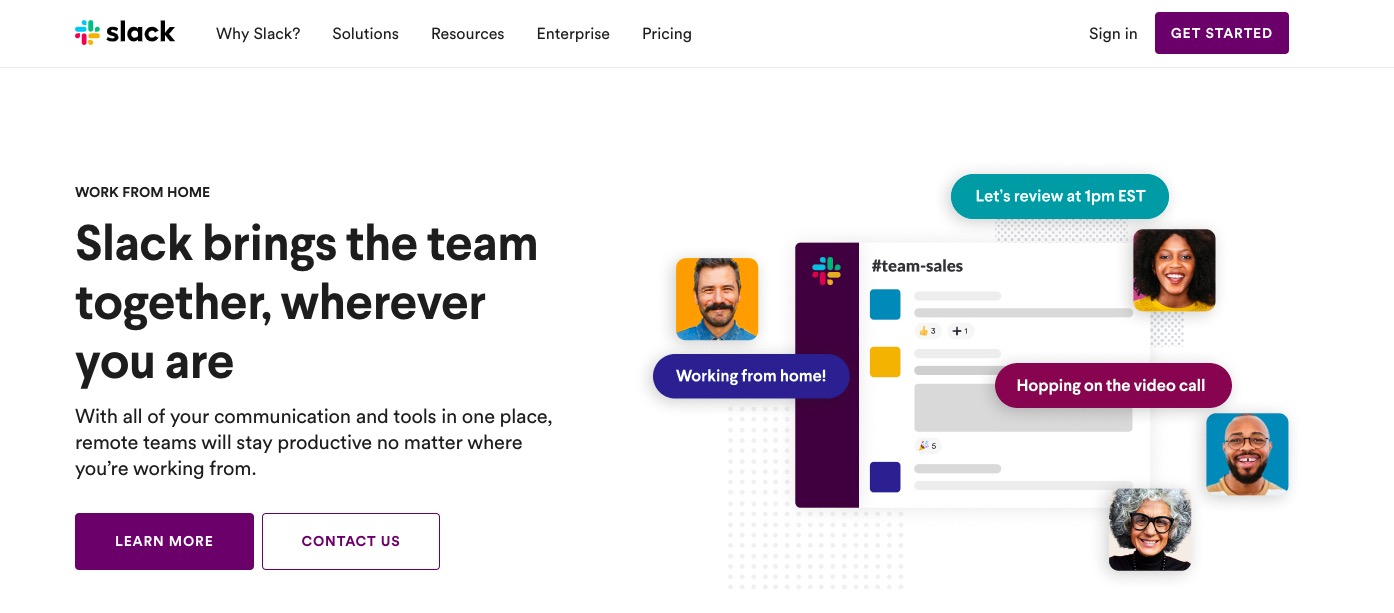
2. Video conferencing tools
Explaining things over a video chat is sometimes far easier and effective than doing it over messages or phone calls. Additionally, you need to conduct video calls for better team bonding.
How do you do that?
Video conferencing tools like Zoom, Microsoft Teams and Google Meet help you out here.
Just connect to your Wi-fi and these tools will help you:
- Host team meetings and performance reviews.
- Share your screen for detailed project explanations.
- Conduct virtual team-building activities with your remote team.
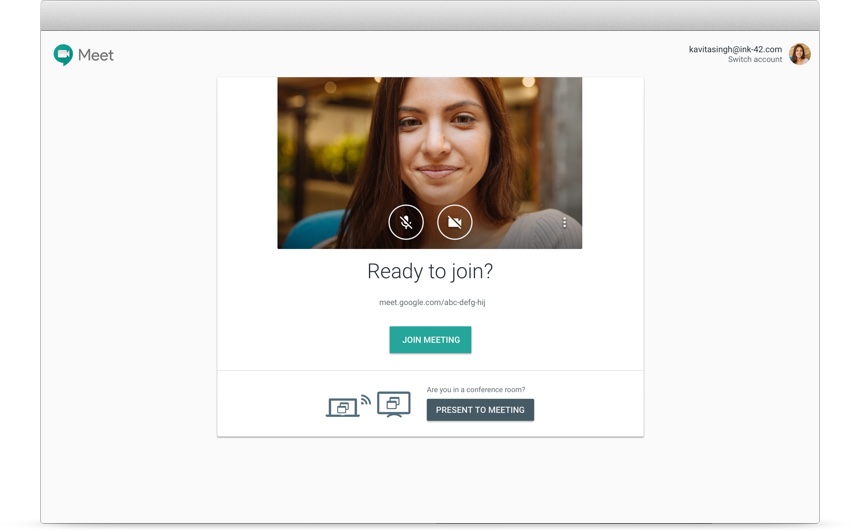
B. Project management tools
When your team’s working remotely, how do you know if their tasks are progressing in the right direction?
You use project management tools like ClickUp and Trello!
These tools help you:
- Assign tasks and subtasks to team members.
- Set task or project deadlines.
- Track project progress in real-time.
- Know who’s working on what task quickly.
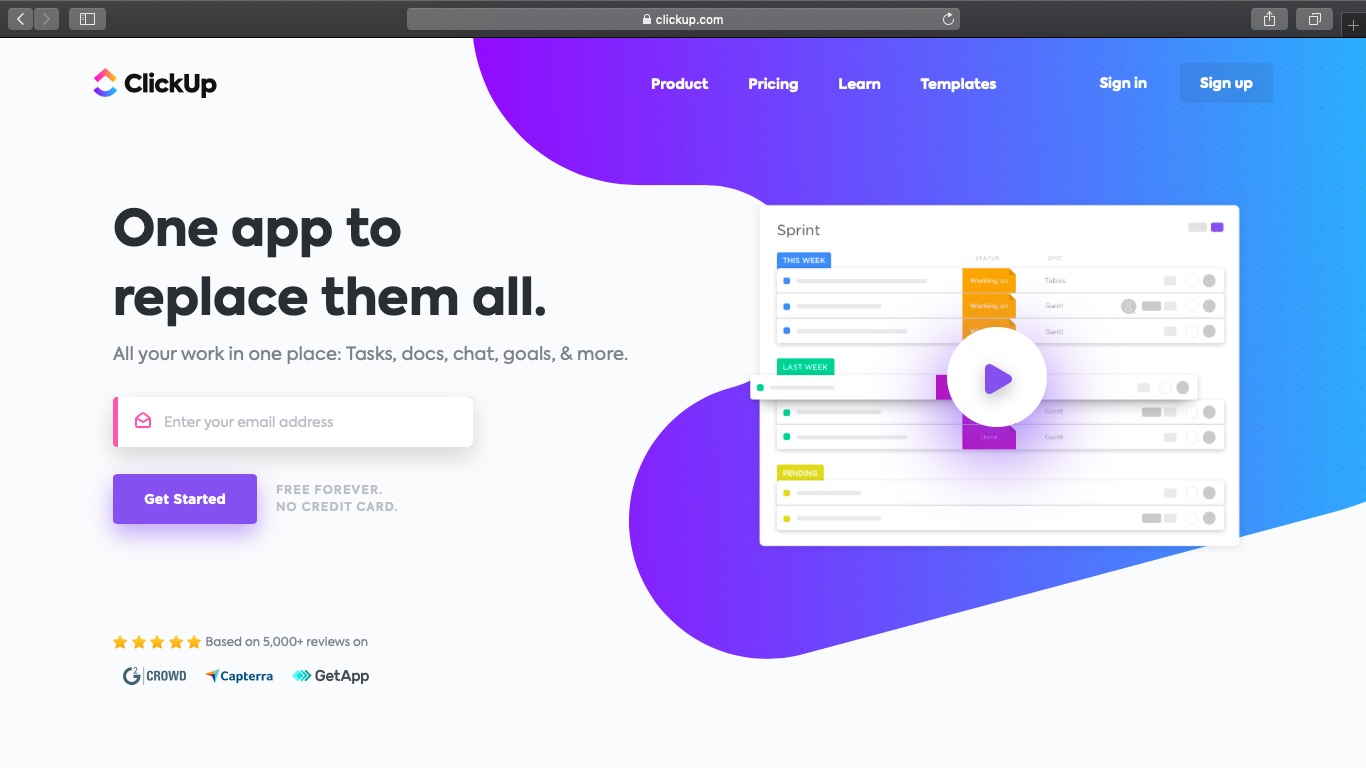
C. Remote desktop software
Technical snags are a common workplace issue and when you’re in the office, the on-premise IT support team will be able to take care of these snags.
Additionally, your team may need to access another member’s computer for work purposes.
So what can you do when you’re managing a remote team?
You need to use remote desktop tools like AnyDesk, Remote Desktop Manager or Devolutions.
These tools allow you to:
- Give the IT staff remote access to your members’ computers.
- Share remote connections and passwords with a powerful password manager.
- Specify access to shared workplace software.
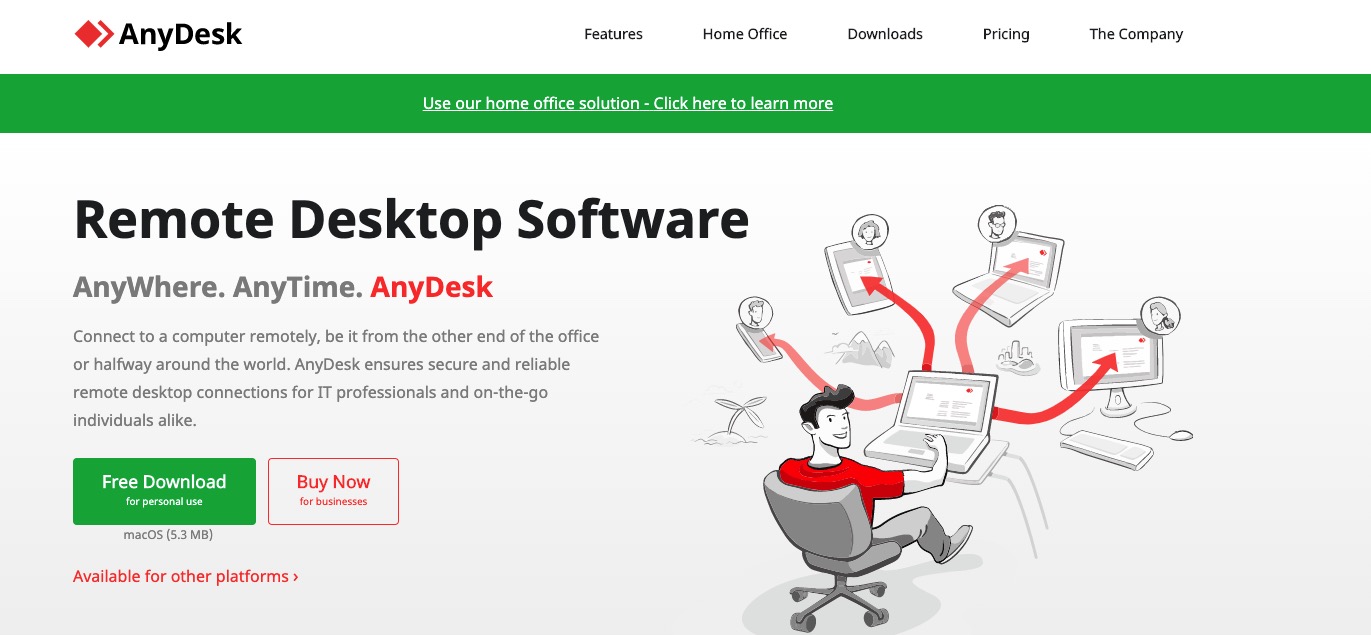
D. File sharing and management tools
File sharing and management tools help remote workers share documents and collaborate on them in real-time.
Popular file management tools like Google Drive, OneDrive and Dropbox allow team members to:
- Instantly share files and store them online.
- Collaborate over documents and spreadsheets seamlessly.
- Set custom access rights for each document.
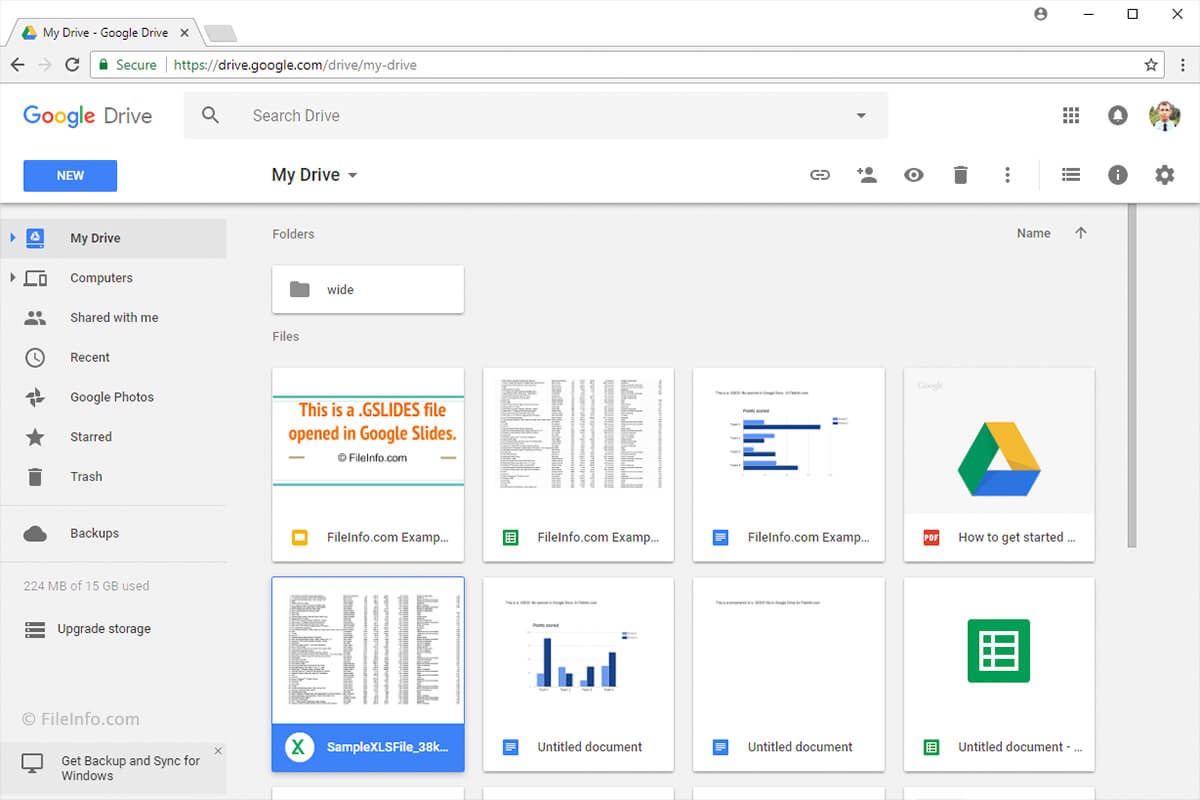
How managers can easily manage remote team performance
Performance management is one of the most important aspects of building highly productive teams.
However, all the different challenges with managing remote teams such as lack of communication, collaboration, etc make it incredibly difficult to measure productivity and manage performance.
You need to know:
- What tasks they have on their plate, so you can calculate their workload and allocate tasks more efficiently.
- How long they take to complete each task, so that you can calculate deadlines and productivity more accurately.
- Keep them from getting distracted by things like Netflix during work hours 🙂
All these things can be managed far more efficiently with an on-site team, but way harder in a remote environment.
Luckily, all you need is an employee time tracking and performance management tool like Time Doctor!
What is Time Doctor?
![]()
Time Doctor is a powerful employee time tracking tool and performance management tool that’s used by large corporations, like Apple and Verizon, as well as SMBs like Thrive Market to track employee time utilization and boost team productivity.
Here’s how it helps remote managers manage their team:
1. Simplified time tracking that requires no training
As your remote employees have to focus on their tasks, they can’t waste time learning how to use a new software, right?
Luckily, using Time Doctor is a piece-of-cake!
All your team members need to do is start the timer when they start working on a task and the tool will start tracking time. When they want to take a short break or are done with their work, they can easily pause the timer and Time Doctor will stop tracking time.
This allows you to accurately calculate the time taken to complete each task and project. No more guesswork!
2. Productivity reports for performance management
Time Doctor auto-generates tons of productivity reports that provide detailed breakdowns of each remote employee’s work hours. Remote managers can use these reports to know how each team member spends their work hours accurately.
It gives you direct reports, like:
- Project report – Look at how long each project took and the amount taken by each team member to complete each task within the project. Extremely useful for analyzing the performance of the entire team or of a specific project.
- Time use report – Displays the time spent on tasks by a single team member over a specific period. You can use this to analyze individual performance across multiple tasks and projects.
- Timesheet report – Displays the total hours worked by all your team members on a specific day. Helps you track an individual team member’s attendance and working hours.
- Web & app usage report – Shows which websites and apps were accessed by each remote employee during work hours. This is helpful if you are concerned that an employee might be wasting their time during work hours.
3. Prevent your team from getting distracted
Worried that your team members might get distracted during their work hours?
With Time Doctor, you don’t have to!
If your remote employee accesses an unproductive website or app like social media, the tool displays an alert asking them if they’re still working or not. This gentle nudge is usually enough to get them back to work.
4. Ensure that your team members track time accurately
What if a team member forgets to turn off the timer before going on a break? Won’t that distort the results?
Nope!
Time Doctor’s built-in inactivity tracker helps ensure that your team is actively working on their tasks.
If there is no keyboard or mouse activity for more than three minutes, the timer will stop automatically. This way, your team can only log active hours as hours worked.
Note: Time Doctor does NOT track which keys were pressed for privacy concerns. It only checks if ANY keys were pressed or not.
Conclusion
Managing remote teams doesn’t have to be difficult.
It all comes down to connecting everyone, setting guidelines and monitoring your team carefully.
If you follow all the tips we listed in this article and use the right tools, you’ll soon be the best remote manager your team ever had.

Andy is a technology & marketing leader who has delivered award-winning and world-first experiences.


